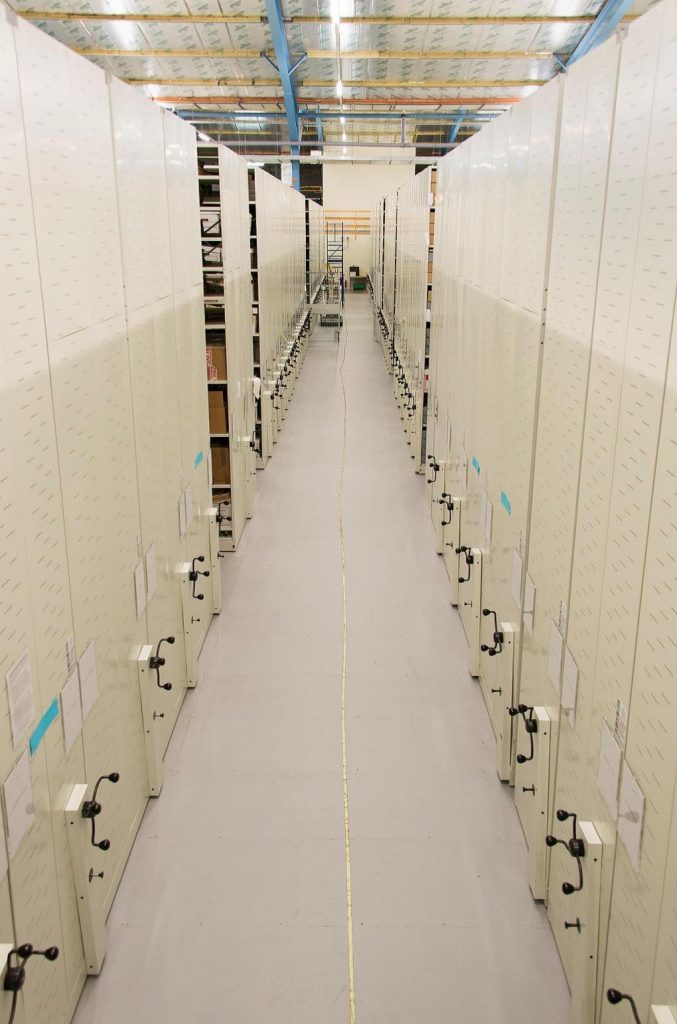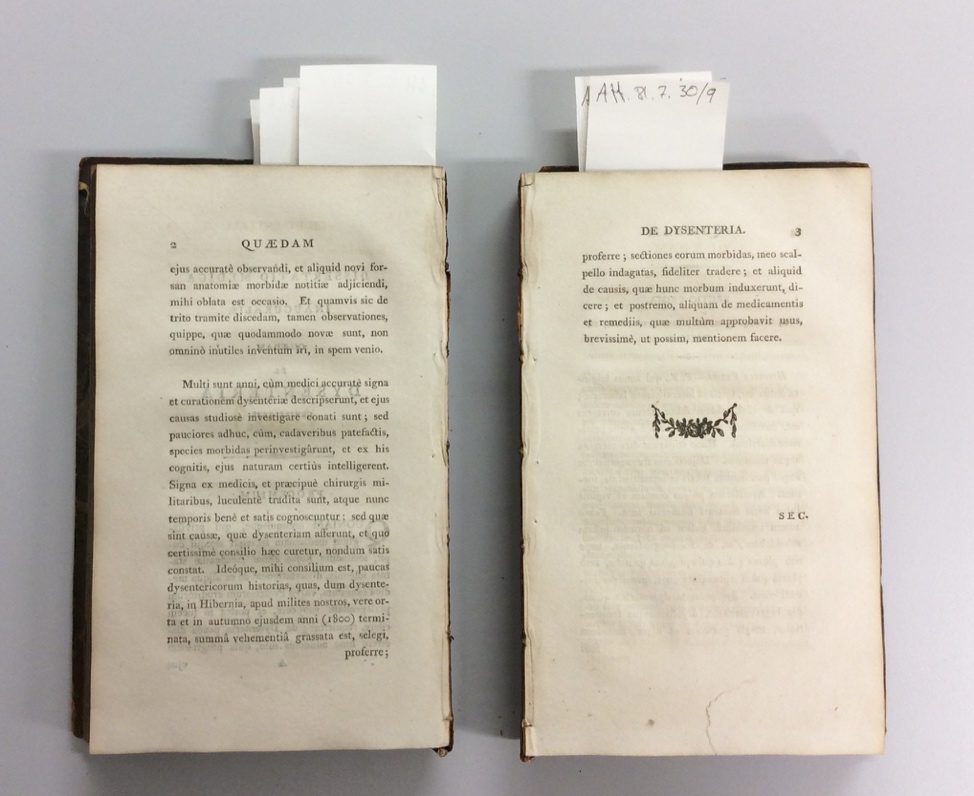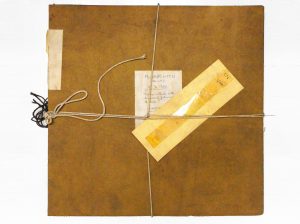This week, we have our final blog from Project Conservator, Helen Baguley, who has been working with us for the past 18 months on the Collections Rationalisation Project…
The Royal Mile is an iconic street which runs through the centre of Edinburgh. It is a ‘must see’ attraction for tourists, and one of the first places I visited when I moved up to Edinburgh for my new job which began 18 months ago. Running from the Castle to Holyrood, the Royal Mile is actually slightly longer than a mile, and measures 1.81 kilometres. Here at the Centre for Research Collections (CRC), I have been working within the conservation department on the Collections Rationalisation Project, caring for some of the rare books and archive collections which are housed at the University Collections Facility (UCF) and the Main Library. As my contract here has now come to an end, I have added up the linear meterage of the shelves which house the collection I have been working on, and it comes to an incredible 1801.25 metres. To put this into perspective, 1801.25 metres is just 8.75 metres short of the Royal Mile. But I think my Royal Mile is just as historic and exciting, as it is made up of beautiful rare books, interesting archives and fascinating objects from the collections!






